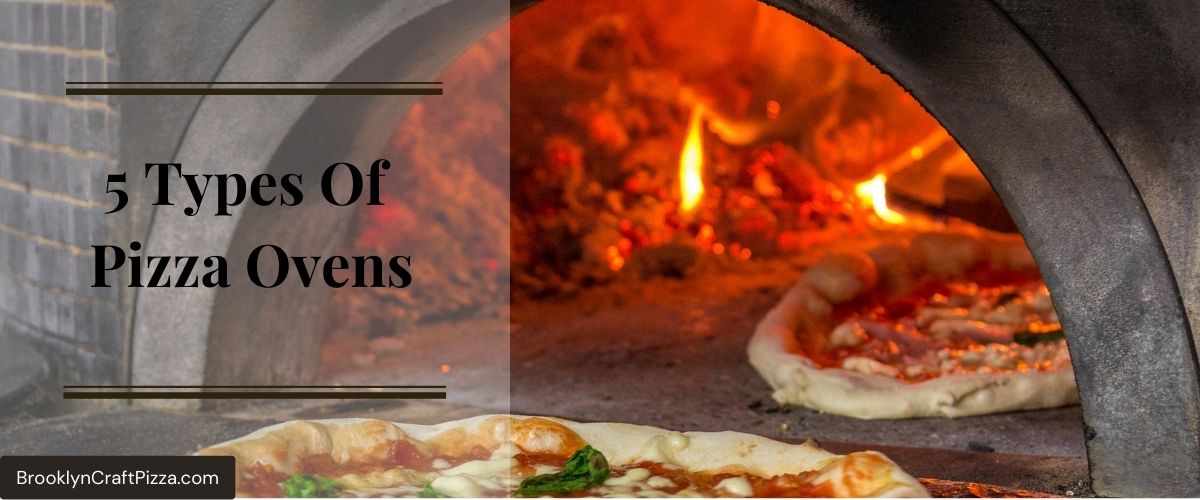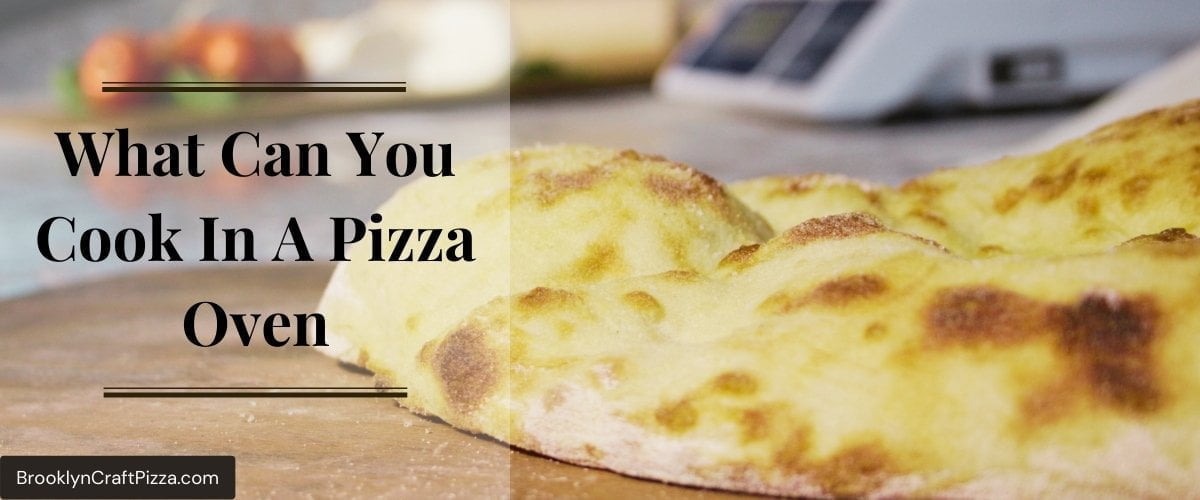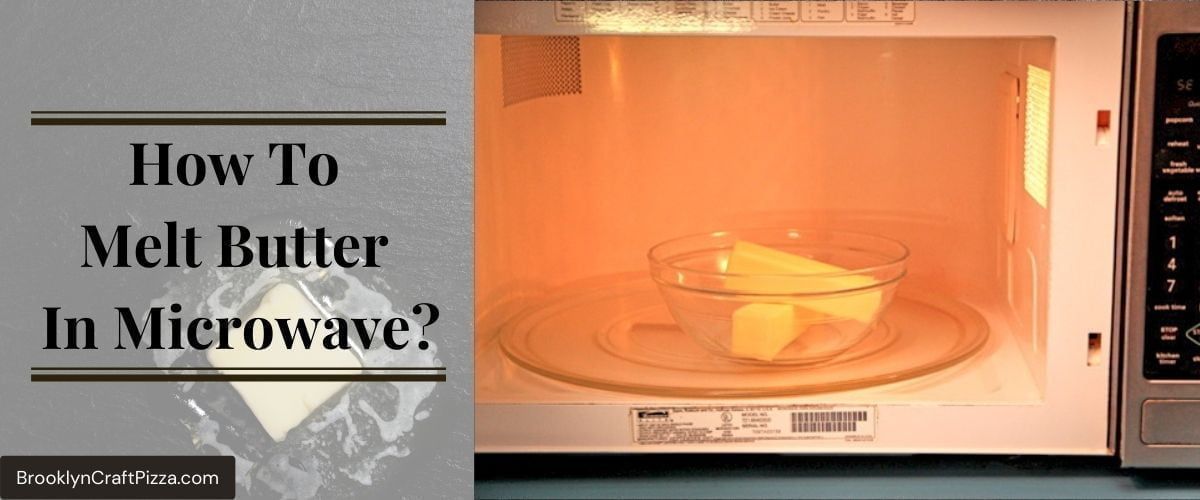
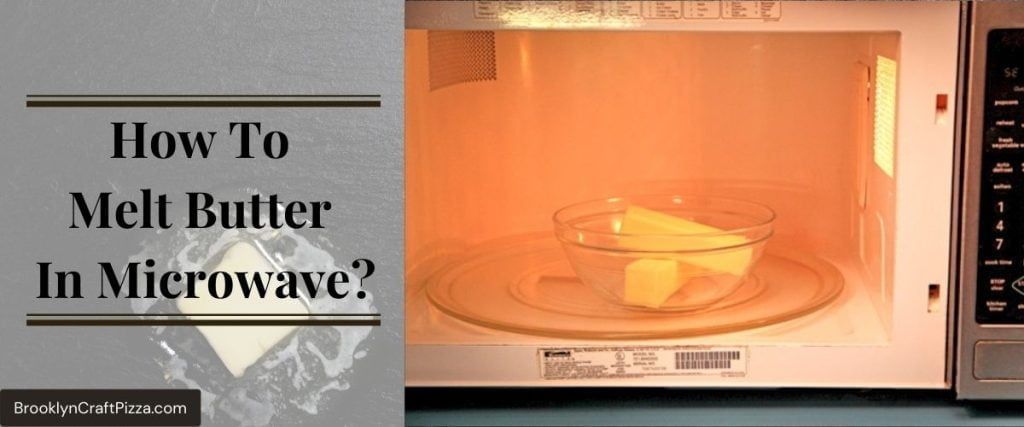
How To Melt Butter In Microwave –
3 Methods To Melt Butter
Have you ever wondered how to melt butter in microwave? You’re not alone! This can be a confusing topic, but it’s actually quite simple. Making butter in the microwave is a quick and easy way to add it to recipes. You can also melt butter in the microwave if you need it in liquid form for a recipe.
Anyone who has ever tried to melt butter in the microwave knows that it doesn’t always go as planned. The butter can become too hot and start to burn, or it can take so long to melt that it becomes frustrating.
In this blog post, we’ll discuss how to melt butter in microwave. While this is a commonly asked question, there is no one-size-fits-all answer, as the time and method required may vary depending on the size and shape of the butter chunk you’re using.
So read on for tips on how to make perfect melted butter every time – without having to wait forever or risk burning it! We’ll also give you a guide on how much butter to use for different purposes. Let’s get started!
How To Melt Butter In Microwave
I wonder that can you melt butter in the microwave and how to melt butter in microwave, the answer is Yes. There are a few different ways to melt butter in the microwave – we’ll discuss them below.
The microwave is a quick and easy way to melt butter, but there are a few things you should keep in mind. But first, here are some general tips to follow:
✅ Start by cutting the butter into smaller pieces. This will help it melt faster and more evenly.
✅ If you’re melting a large chunk of butter, start by heating it for a shorter amount of time at a lower power setting, then increase the power if necessary as it melts. This will help avoid burning the butter.
✅ Make sure your microwaves are clean before melting butter – any oils or residue on the surface can cause the butter to burn.
1. What you’ll need:
- Butter, in chunk or sliced form
- Microwave-safe bowl, dish, or bag
2. The steps on How to melt butter in microwave
Now let’s look at some specific methods for melting butter in the microwave:
Method 1: Melting butter in a microwave-safe bowl
This is the easiest way to melt butter in the microwave.

Simply place the butter in a microwave-safe bowl, then heat it for 30 seconds to 1 minute at a low power setting. If the butter isn’t melted, continue heating it in 10 seconds intervals until it is.
Method 2: Melting butter in a microwave-safe dish with water
If you’re melting a large chunk of butter, this is a good method to use.
Place the butter in a microwavable dish, then pour enough hot water into the dish so that it covers the butter. Heat the water and butter for 1-2 minutes at a low power setting, or until the butter is melted.
Drain the water and discard it, then proceed with your recipe.
Method 3: Melting butter in a microwave-safe bag
If you’re melting a small amount of butter, this is the best way to do it.
Place the butter in a sealable plastic bag, then seal the bag and snip off one of the corners. Microwave the butter for 10-30 seconds at a low power setting, or until melted.
Squeeze the melted butter out of the bag and into your recipe.
The next time you need to melt butter, don’t worry – it’s simple and easy to do. Just follow these simple steps on how to melt butter in microwave oven, and you’ll have melted butter in no time. Plus, you can use melted butter in a variety of recipes, from cookies to frosting. So don’t be afraid to try it out!
3. Tips and tricks to melt butter in the microwave perfectly
Melting butter in the microwave is a quick and easy way to do it. However, there are some things you should keep in mind when melting butter this way. Here are a few tips to help you get the best results:
✅ Make sure that your butter is at room temperature before microwaving it. This will help ensure that it melts evenly.
✅ Start with a small amount of butter. You don’t want to put too much in the microwave at once or it may overflow.
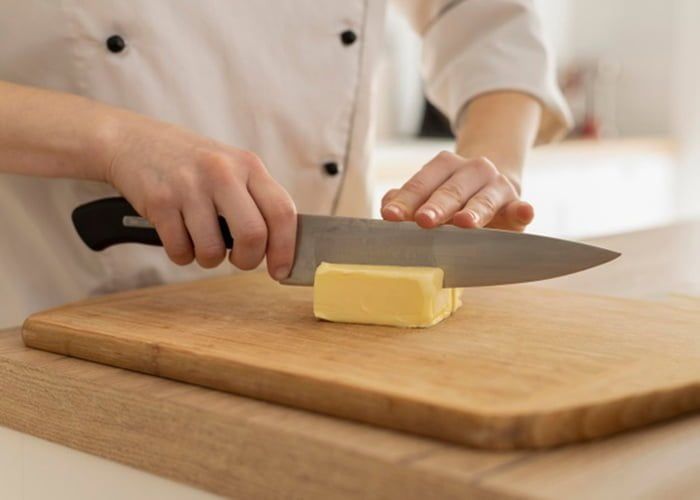
✅ Place the butter in a microwave-safe bowl or dish and cook it on high for about 30 seconds. If the butter isn’t melted after 30 seconds, continue cooking it in 10 seconds intervals until it is.
✅ Make sure the butter doesn’t come into contact with any other surfaces in the microwave that may cause it to burn. Oils and residue on the surface can cause the butter to brown or burn.
✅ Keep a close eye on the butter while it’s microwaving. If it starts to brown or smell burnt, stop cooking it immediately.
✅ If the butter starts to brown or smell burnt, stop microwaving it immediately.
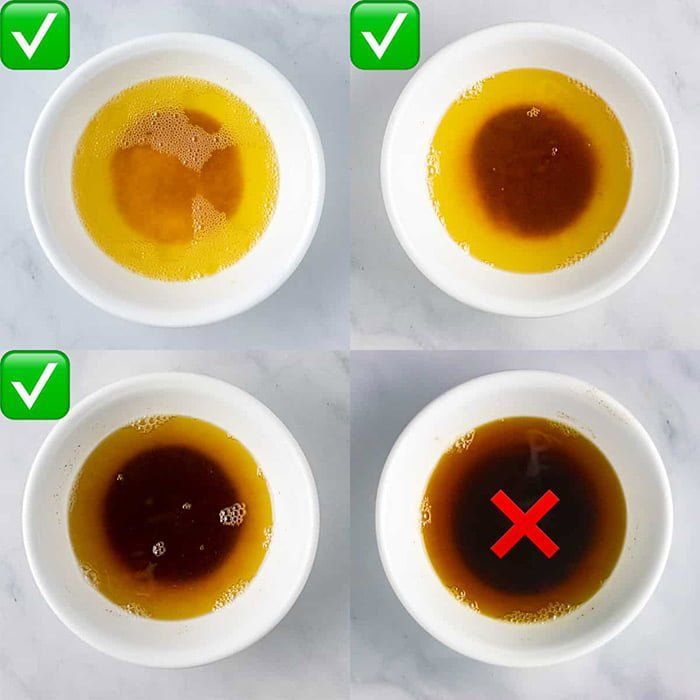
✅ Keep an eye on the butter as it melts – if it starts to bubble or foam up, stop microwaving it.
✅ If your microwaves have a “defrost” setting, use that to melt butter instead of the “high” setting. The defrost setting is usually lower power and will help prevent burning.
✅ To melt butter quickly, use a higher power setting for a shorter amount of time.
✅ If you’re using melted butter in a recipe that also calls for solid butter, make sure to adjust the measurements accordingly. Usually, you’ll need less melted butter than solid butter.
✅ If your microwaves are on the older side, they may not heat butter evenly. In this case, it’s best to use one of the other methods listed above.
✅ Melted butter can be stored in the fridge in an airtight container for up to a week.
✅ If you need to melt more than 1/2 cup of butter, it’s best to do it in a saucepan on the stovetop.
Now that you know how to melt butter in microwave like a pro, go forth and bake some delicious treats! And be sure to come back and check out our other cooking tutorials – we’ve got everything from easy weeknight dinners to decadent desserts.
How Much Butter To Use?
Now that you know how to melt butter in microwave, we’ll discuss how much to use for different purposes.
🔸 For baking, most recipes call for between 1/4 and 1/2 cup of melted butter.
🔸 When making a sauce or dressing, you’ll usually need about 3 tablespoons of melted butter.
🔸 If you’re frying something, you’ll need about 1/3 cup of melted butter per pound of food.
🔸 For general purposes, it’s a good idea to have 1-2 tablespoons of melted butter on hand.
Now that you know how to melt butter in microwaves, you may be wondering how much to use for different recipes. Here’s a guide on how much butter you’ll need for some common baking recipes:
- 1/2 cup of butter for cake recipes
- 1/3 cup of butter for cookies
- 1/4 cup of butter for pie crusts
- 2 tablespoons of butter for muffins
- 1 tablespoon of butter for pancakes
Here’s a guide on how much butter you’ll need for different recipes:
- 1/2 cup of butter for a 9×13 inch baking dish
- 1/4 cup of butter for an 8×8 inch baking dish
- 1/3 cup of butter for a 9-inch pie crust
- 3 tablespoons of butter for 1 cup of hot cereal
- 2 tablespoons of butter for muffins
- 1 tablespoon of butter for pancakes
As you can see, the amount of butter you’ll need will vary depending on the recipe. But with these general guidelines, you’ll be able to melt butter in the microwave like a pro!
What Are Butter And What Are Its Benefits
What is Butter?
Butter is a dairy product that is made from cream or milk. It has been used for centuries in cooking, baking, and as a spread on bread and toast.
It is used in cooking and baking and has a rich, buttery flavor. This helps to add flavor and richness to food and is also a source of fat and calories.

Butter is also high in calories and fat, but it contains essential fatty acids and vitamins that are important for health. In addition to its nutritional benefits, butter also tastes great and can be used to enhance the flavor of many different dishes.
So next time you’re in the kitchen, don’t be afraid to add a bit of butter to your recipes – it’s sure to make them even more delicious!
What are the benefits of butter?
Butter is a good source of vitamin A, and it also contains some vitamin E and K. It is also a good source of essential fatty acids. Butter has a high calorie count, but it is also a source of saturated fat. Some people believe that saturated fat can raise levels of “good” cholesterol in the body.
However, other studies have shown that butter may not be as bad for you as once thought and that it may even offer some health benefits. For example, butter may help to protect against heart disease.
Butter has many health benefits, including:
✅ It is a good source of essential fatty acids, which are important for maintaining heart health.
✅ It contains conjugated linoleic acid (CLA), which may help reduce the risk of cancer.
✅ It is high in vitamin A, which is important for vision and skin health.
✅ It has a high calorie count, but it is a “slow” carb that releases energy slowly, helping to keep you feeling full for longer.
Butter has many nutritional benefits. It is high in fat-soluble vitamins A, D, E, and K, as well as antioxidants. It also contains conjugated linoleic acid (CLA), which has been shown to have anti-cancer properties. Lastly, butter is a good source of cholesterol and minerals like potassium, calcium, and magnesium.
In addition to its health benefits, butter also tastes great and can be used to enhance the flavor of many different dishes. So next time you’re in the kitchen, don’t be afraid to add a bit of butter to your recipes – it’s sure to make them even more delicious!
Other Ways To Melt Butter In The Microwave
If you’re not comfortable melting butter in the microwave, there are other ways to do it. You can melt butter in a saucepan on the stovetop, or you can melt it in a bowl in the oven.
How to melt butter in a saucepan on the stovetop

1. Place the butter in a small saucepan over low heat.
2. Cook the butter until it is melted and smooth.
3. Use a whisk to stir the butter occasionally while it is cooking.
4. Pour the melted butter into a bowl or container and use it in your recipe as directed.
How to melt butter in a bowl in the oven
1. Preheat your oven to 200 degrees Fahrenheit.
2. Place the butter in a microwave-safe bowl.
3. Microwave the butter for about 30 seconds, or until it is melted and smooth.
4. Use a whisk to stir the butter occasionally while it is cooking.
5. Pour the melted butter into a container and use it in your recipe as directed.
Softening Butter at the room temperature
If you are in a hurry, or if your microwave is not working, you can also soften butter at room temperature. To do this, simply place the butter in a bowl and let it sit at room temperature for about 30 minutes, or until it is soft enough to be easily spread. You can also use a mixer or food processor to soften the butter quickly.

When softened at room temperature, unsalted butter usually has a consistency of Spreadable (similar to cold margarine). Salted butter will be slightly firmer and more like room-temperature cream cheese.
For most baking recipes, either type of softened butter will work – just make sure that it’s not melted.
Soften Room Temperature Butter by Cutting into Small Cubes
Another way to soften unsalted butter at room temperature is to cut it into small cubes. This will help the butter to absorb more moisture and will make it easier to spread.
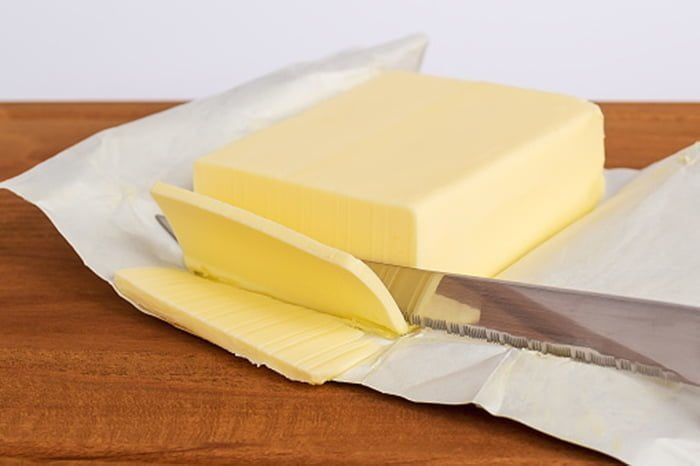
To do this, place the butter in a bowl and use a sharp knife to cut it into small cubes. Then, let the butter sit at room temperature for 30 minutes or until it is soft enough to be easily spread.
You can also use this method if you are trying to soften salted butter. Just be sure not to add too much salt to your recipe if you decide to use softened salted butter this way.
All of these methods are simple and easy to follow, and they will give you the same results as melting butter in the microwave. So if you’re not comfortable using the microwave, or if you don’t have one available, these are some alternate methods that will work just as well.
How To Store Melted Butter
Now that you know how to melt butter in microwave, you may be wondering what to do with the leftovers. If you have leftover melted butter, there are a few ways to store it.
1) If you have a lot of melted butter, you can store it in the refrigerator for later use. Just be sure to put it in an airtight container so it doesn’t go bad.
You can place it in a covered container and store it in the refrigerator for up to one week.
2) You can also freeze melted butter. Just place it in a freezer-safe container and freeze for up to two months. Then, when you need it, thaw out the butter and use it as directed.
3) And if you want to use it for baking, you can freeze it in ice cube trays. Once the butter cubes are frozen, transfer them to a zipper-lock bag and store in the freezer. They will keep for up to six months.
Melted butter is a great ingredient to have on hand, so don’t worry if you don’t use all of it – just save it for later!
That’s everything you need to know about melted butter. Be sure to try out the recipes included, and have a great time cooking!
So now that you know how to melt butter in microwave and without the microwave, how to use melted butter in recipes, and how to store melted butter, you’re ready to start cooking! Enjoy!
How To Make Clarified Butter
Ingredients:
1/2 cup (1 stick) unsalted butter, at room temperature
Directions:
1) If you want to make clarified butter, there is a simple process that you can follow. To do this, start by melting the butter in a saucepan over low heat. Once it is melted, use a spoon to skim off the foam and bubbles. Then, use a fine mesh strainer to pour the clear butterfat into a new container. The remaining milk solids will be left in the pan.
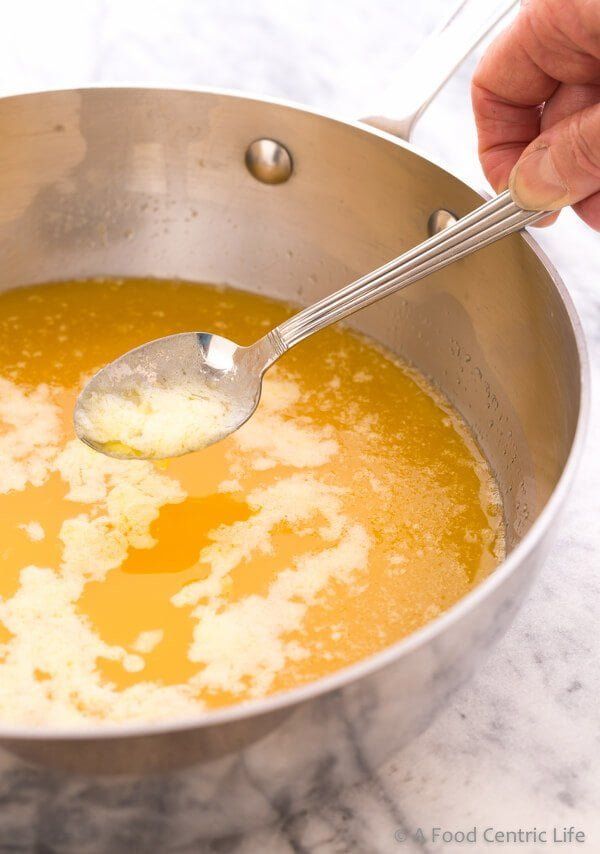
2) You can also make clarified butter in the microwave. To do this, place the butter in a microwave-safe bowl and microwave it for about 30 seconds, or until it is melted and smooth. Then, use a spoon to skim off the foam and bubbles. Pour the clear butterfat into a new container, and discard the remaining milk solids.
Clarified butter has a higher smoke point than regular butter, so it is a good choice for cooking at high temperatures. It is also shelf-stable and will last for several months when stored in the fridge. So if you want to add some extra flavor to your recipes, try using clarified butter instead of regular butter.
Now that you know how to melt butter and how to make clarified butter, you can use this knowledge to make all sorts of delicious recipes! Be sure to try out these methods the next time you’re in the kitchen. Enjoy!
Easy Ways To Use Melted Butter In Your Recipe
Now that you know how to melt butter in microwave, here are a few recipes that will show you how to use it.
1) Butter and Garlic Shrimp
Ingredients:
- 1/2 cup melted butter
- 1/2 teaspoon garlic powder
- 1/4 teaspoon salt
- 1/4 teaspoon black pepper
- 1 pound large shrimp, peeled and deveined
- 1 lemon, cut into wedges
Directions:
1. Preheat the oven to 400 degrees Fahrenheit.
2. In a small bowl, whisk together melted butter, garlic powder, salt, and black pepper.
3. Place shrimp in a single layer on a baking sheet.
4. Brush shrimp with butter mixture.
5. Bake for 12 to 15 minutes, or until shrimp are pink and cooked through.
6. Serve with lemon wedges.
2) Buttercream Frosting
Ingredients:
- 1/2 cup (1 stick) unsalted butter, room temperature
- 1/2 cup shortening
- 3 cups powdered sugar
- 1 teaspoon vanilla extract
Directions:
1. In a medium bowl, cream together butter and shortening until light and fluffy.
2. Add powdered sugar, 1 cup at a time, beating well after each addition.
3. Beat in vanilla extract.
4. Use frosting immediately or store in the refrigerator until ready to use. Rewhip before using.
3) Chocolate Chip Cookies
Ingredients:
- 1/2 cup (1 stick) unsalted butter, melted
- 1/2 cup granulated sugar
- 1/2 cup brown sugar, packed
- 1 egg
- 1 teaspoon vanilla extract
- 1-1/2 cups all-purpose flour
- 1 teaspoon baking powder
- 1/2 teaspoon baking soda
- 1/2 teaspoon salt
- 1 cup semisweet chocolate chips
Directions:
1. Preheat the oven to 350 degrees Fahrenheit.
2. In a medium bowl, whisk together melted butter, granulated sugar, and brown sugar until smooth.
3. Beat in egg and vanilla extract until well combined.
4. In another bowl, whisk together flour, baking powder, baking soda, and salt.
5. Add dry ingredients to wet ingredients, and mix until well combined.
6. Stir in chocolate chips.
7. Drop dough by rounded tablespoons onto baking sheets lined with parchment paper.
8. Bake for 10 to 12 minutes, or until cookies are golden brown and set.
9. Let cool on baking sheets for a few minutes before transferring to a wire rack to cool completely.
So there you have it – three recipes that use melted butter, all of which are simple and easy to follow. And if you’re not comfortable using the microwave, or if you don’t have one available, these are some alternate methods that will work just as well. Enjoy!
FAQs on How To Melt Butter In Microwave
How to melt butter in microwave without it exploding?
There are a few things you can do to prevent your butter from exploding in the microwave.
First, be sure to use a microwave-safe container.
Second, make sure the butter is in a single layer on the bottom of the container.
And finally, don’t overcook it – melted butter should only take about 30 seconds to cook in the microwave.
Is melting butter in microwave-safe?
Yes, melted butter is safe to cook in the microwave. Just be sure to use a microwave-safe container, and don’t overcook it. The butter should only take about 30 seconds to cook.
What can you use melted butter for?
There are a few things you can do with melted butter.

You can use it in baking recipes, as a spread on toast or muffins, or as a dip for your favorite fruits and vegetables. Melted butter is also great in savory recipes, like sauces and stews. And finally, you can use it as an ingredient in smoothies or protein shakes. So there are plenty of options!
Now that you know how to melt butter, the possibilities are endless. Be sure to try out the recipes included, and have a great time cooking!
How long do you microwave butter to soften it?
You should microwave butter for about 30 seconds to soften it. If you microwave it for too long, the butter will start to cook and will become difficult to work with.
Does butter have a high melting point?
No, butter does not have a high melting point. In fact, it melts at a relatively low temperature of about 95 degrees Fahrenheit. This is why it’s so easy to melt butter in the microwave.
What is the difference between melted butter and clarified butter?
The main difference between melted butter and clarified butter is that clarified butter has been skimmed with all milk solids and water. This makes it a great choice for cooking at high temperatures since it won’t burn as easily as melted butter.
Melted butter is also a great choice for cooking, but it’s not as heat-stable as clarified butter. So if you’re looking for butter that can be used for high-heat cooking, clarified butter is the way to go.
What is the difference between melted butter and browned butter?
The main difference between melted butter and browned butter is that browned butter has been cooked for a longer period of time, which gives it a nutty flavor. Melted butter is also great for cooking, but it doesn’t have the same nutty flavor as browned butter. So if you’re looking for butter that has a rich, nutty flavor, browned butter is the way to go.
Why did your butter explode in the microwave?
When the butter warms up, it releases water which separates from milk fats. Overheating causes this separation to occur at a specific temperature and leads into an explosion of fat!
Does butter melt in boiling water?
No, butter does not melt in boiling water. Butter is a dairy product and will start to cook at around 160 degrees Fahrenheit. So if you’re looking to melt butter for a recipe, the microwave is the best way to go.
What is a melt butter substitute?
There are a few substitutes for melted butter.
You can use olive oil, vegetable oil, or any other type of cooking oil.
Another option is to use applesauce or yogurt. And finally, you can also use a liquid sweetener like honey or maple syrup. So there are plenty of options!
What are some uses for melted butter?
There are plenty of uses for melted butter.
You can use it as a spread on toast or muffins, as a dip for your favorite fruits and vegetables, in baking recipes, in savory recipes, as an ingredient in smoothies or protein shakes, or in place of clarified butter or vegetable oil. So there are plenty of options!
Which butter has the highest melting point?
Butter with a high fat content has the highest melting point. This is because the higher the fat content, the more stable the butter is when it’s heated. So if you’re looking for butter that has a high melting point, choose one that has a high fat content.
Is melted butter the same as softened?
Technically, melted butter and softened butter are the same things. However, when most people say “softened butter,” they mean a type of butter that has been brought to room temperature so that it is easy to work with. Melted butter is also easy to work with, so you can use it in recipes that call for softened butter.
Just be sure to follow the recipe instructions carefully, since melted butter can sometimes change the outcome of a recipe. For example, if a recipe calls for creaming butter and sugar together, you may not get the desired results if you use melted butter instead.
Conclusion
Butter is a delicious and versatile condiment that can be used in both sweet and savory recipes. Whether you’re looking to make a quick and easy butter sauce or melt butter for baking, knowing how to melt butter in microwave is a valuable skill.
Melting butter in the microwave is a quick and easy process, but there are a few things you should keep in mind to make sure it turns out correctly. By following our guide and tips, you’ll be able to melt butter perfectly every time without any fuss or hassle.
So, there you have it! Everything you ever wanted to know about how to melt butter in microwave oven. We hope that this guide was helpful and that you will now be able to successfully melt butter without any trouble.
Hopefully, our guide has shown you just how easy it can be. But if you have any additional questions or would like some tips on how to make the process even easier, please let us know in the comments section below. Happy microwaving!z
Further reading
Can You Microwave Paper Plate?


